
A Sense of Place: Scotland
Since the Union of the Crowns and James the VI and I, we have been seen as one; James’ vision was a Great Britain. Somehow there is an unspoken assumption that we have the same history. Certainly, growing up in Scotland, our history lessons centred on the Battle of Hastings, the Wars of the Roses and the Armada. However, I also knew there was another story. My history was embellished with the colour and excitement of H.E. Marshall who brought me St Columba trekking across Caledonia to convert the Picts, Macbeth and Birnam Wood (before I even knew Shakespeare), Alexander III, and Robert the Bruce and the spider (‘if you do not first succeed, try, try again’). I wept at the Battle of Flodden where ‘The Floo’ers o’ the Forest are a’ wede away’, my heart stirred to the tales of Black Agnes and Kate Barlass, I fled with Bonnie Prince Charlie after Culloden. It is interesting to note that these were all in Marshall’s Scotland’s Story (nd); the tales associated with south of the border before 1603 or after are in Our Island’s Story (nd).
What about the fiction . . . the books I read? Looking back I find I was often reading stories based in a Scottish landscape. There was, of course, The Eagle of the Ninth (1954) following Marcus and Esca north of Hadrian’s Wall. A favourite author was Jane Oliver. I adored The Eaglet and the Angry Dove (1957) – a story set on Iona with St Columba, Bonfire in the Wind (1958) that introduced me to the Covenanters and Grizel Baillie – a real girl who did carry food to her father hiding from the English troops and whose recipe books I saw much later at Mellerstain House; such a thrill to meet a childhood character. Then there was Mary, Queen of Scots and her dramatic escape from the fearsome Douglas family and Loch Leven Castle in Queen Most Fair (1959).
I was not aware of the authors as people (you were not in those days, you just waited anxiously for the next book) or questioned whether they were Scottish themselves. Marguerite de Angeli, certainly wasn’t, but The Black Fox of Lorne (1956) took me on a thrilling adventure shipwrecked on the west coast. Naturally there was Stevenson and, yes, that Wizard of the North, Walter Scott whom my father loved. So we read together Marmion:
A Tale of Flodden Field (1808) and The Lay of the Last Minstrel (1805). It was not until I became a children’s librarian that I consciously met Scottish authors – in particular Mollie Hunter whose The Stronghold was the Carnegie winner in 1974. Here it is not the usual story set during the Tudor or Stuart time but much further back on Orkney with those mysterious brochs. Her other novels are as interesting, introducing the reader to unusual corners of our island’s story, while The Dragonfly Years (1983) and I’ll Go My Own Way (1985) are precursors of the young adult novel. Or there was Frances M. Hendry and her Quest series and Eileen Dunlop to name two. I am delighted to find that I share some of the same memories as Theresa Breslin. But where are these authors now? Are they still on the shelves of Scottish libraries? What is it like today?
The books I read were presented in received English – well why not? – this was (and is) the norm! Dialect was reserved for the minor characters. But there is another narrative. There is the Scots language itself – and I have on my shelf both Jamieson’s Etymological Dictionary of the Scottish Language (1808) in four thick volumes as well as The Scottish National Dictionary (1931) in fascicules; such a wealth of words.
In this issue of IBBYLink, both Mairi Kidd and James Robertson introduce us to the inspiring work being done to ensure young Scots today have access to this specific heritage. Julie Bertagna tells us how, as an author, she responded to what she felt was a gap in the landscape. If we are reminded about the richness of the Scots’ language so we are also reminded of the richness of the traditional tales as Ann Lazim explores the selkie legend and the stories it has inspired. I hope you will feel as excited as I do.
Ferelith Hordon
Works cited
De Angeli, Marguerite (1956) The Black Fox of Lorne. Garden City, NY: Doubleday.
Grant, William (ed) (1931) The Scottish National Dictionary. Edinburgh: The Scottish National Dictionary Association.
Hunter, Mollie (1974) The Stronghold. London: Hamish Hamilton.
Hunter, Mollie (1983) The Dragonfly Years. London: Hamish Hamilton.
Hunter, Mollie (1985) I’ll Go My Own Way. London: Hamish Hamilton.
Jamieson, John (ed. Alexander Green) (1880) An Etymological Dictionary of the Scottish Language. Paisley: Alexander Gardener.
Marshall, H.E. (illus. J.R. Skelton, John Hassall, J. Shaw Crompton) (nd) Scotland’s Story. A History of Scotland for Boys and Girls. London: Thomas Nelson and Sons.
Marshall, H.E. (illus. A.S. Forrest) Our Island’s Story: A History of England for Boys and Girls. London: T.C. and A.C. Jack.
Oliver, Jane (illus. Malcolm Pride) (1957) The Eaglet and the Angry Dove. London: Macmillan & Co.
Oliver, Jane (illus. Clare Dawson) (1958) Bonfire in the Wind. London: Macmillan & Co.
Oliver, Jane (illus. J.S. Goodall) (1959) Queen Most Fair. London: Macmillan & Co.
Scott, Walter (1805) The Lay of the Last Minstrel. Edinburgh: James Ballantyne.
Scott, Walter (1808) Marmion: A Tale of Flodden Field. Edinburgh: Ballantyne and Co. for Archibald Constable.
Sutcliff, Rosemary (illus. C. Walter Hodges) (1954) The Eagle of the Ninth. Oxford University Press.
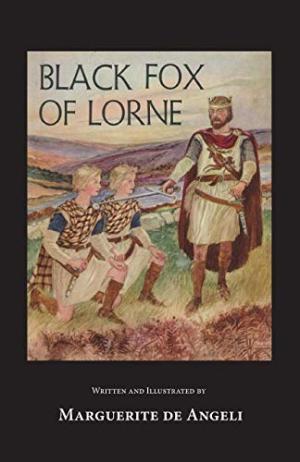
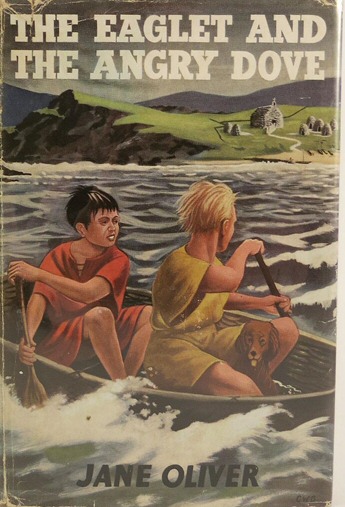
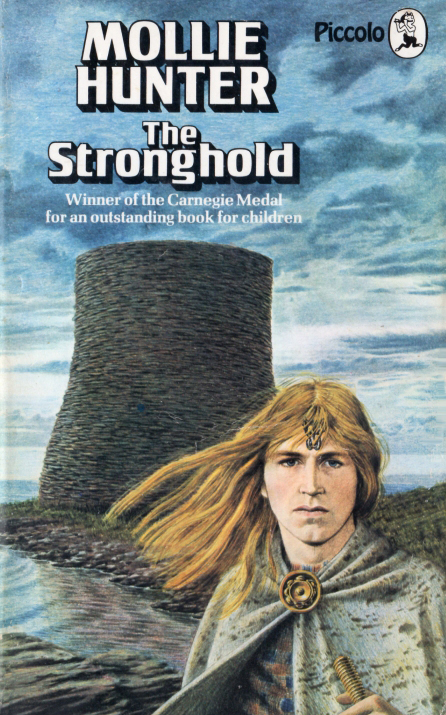
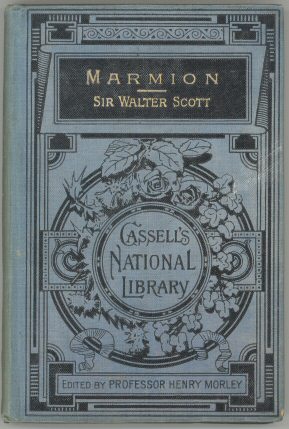
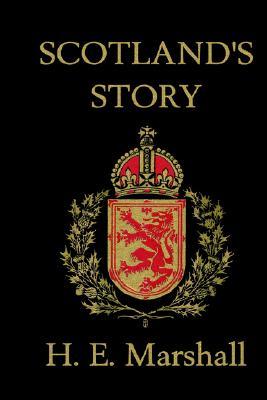
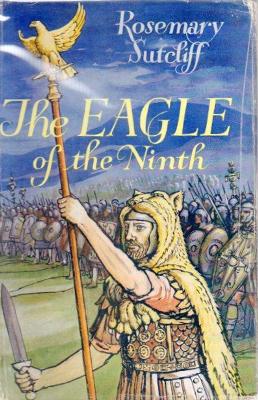
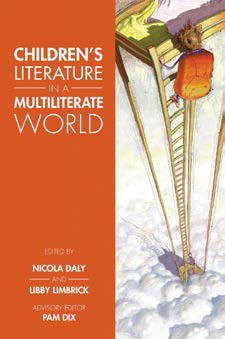
Review: Children’s Literature in a Multiliterate World
Dr Maureen A. Farrell, University of Glasgow This fascinating book brings together some of the papers that were first presented as part of the 35th IBBY International Congress in New Zealand with the theme of ‘Literature in a Multiliterate World’. With such a rich...
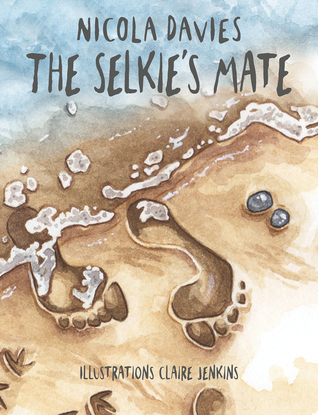
Selkies in Scotland
Ann Lazim I believe my first encounter with a selkie was in a haunting retelling in Shirley Hughes’ compilation of stories and poems Stories by Firelight (1993).A girl staying with her mother’s artist friend Morag hears what sounds like a woman’s voice coming from the...
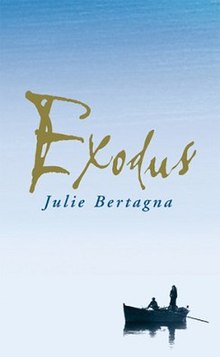
Breaking New Ground in Young Scottish Fiction
Julie Bertagna Almost every day right now, someone contacts me on social media to say how young climate activist Greta Thunberg reminds them uncannily of Mara, the teenage heroine of my eco-epic Exodus trilogy (2003; 2007; 2011), set in a futuristic Scotland. Greta...
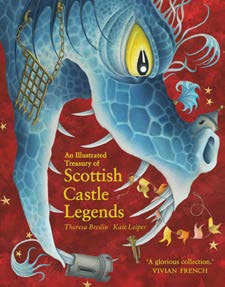
The Making of a Scottish Author
Theresa Breslin One of my earliest memories is of ‘joining the library’ which, at that time, was a big old house in the local park near where I lived.My hometown, Kirkintilloch, was a fort on the Antonine Wall – one of the furthest northern points settled by the Roman...
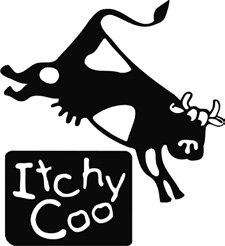
Braw Books for Bairns o Aw Ages
James Robertson It is more than 20 years since two writers first began to discuss the possibility of setting up a Scots language imprint as part of a wider project to make Scots more audible, more visible and more accepted within the Scottish education system. One of...
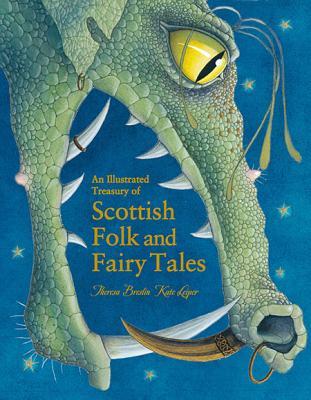
Dreaming Big Dreams: Children’s Literature in Scotland
Mairi Kidd Scotland is a small, rainy country in the north of Europe where umbrellas turn inside-out and wheelie bins fly around in the wind. Scotland doesn’t have a big population, but it has produced an incredible number of important scientists, writers, inventors,...
